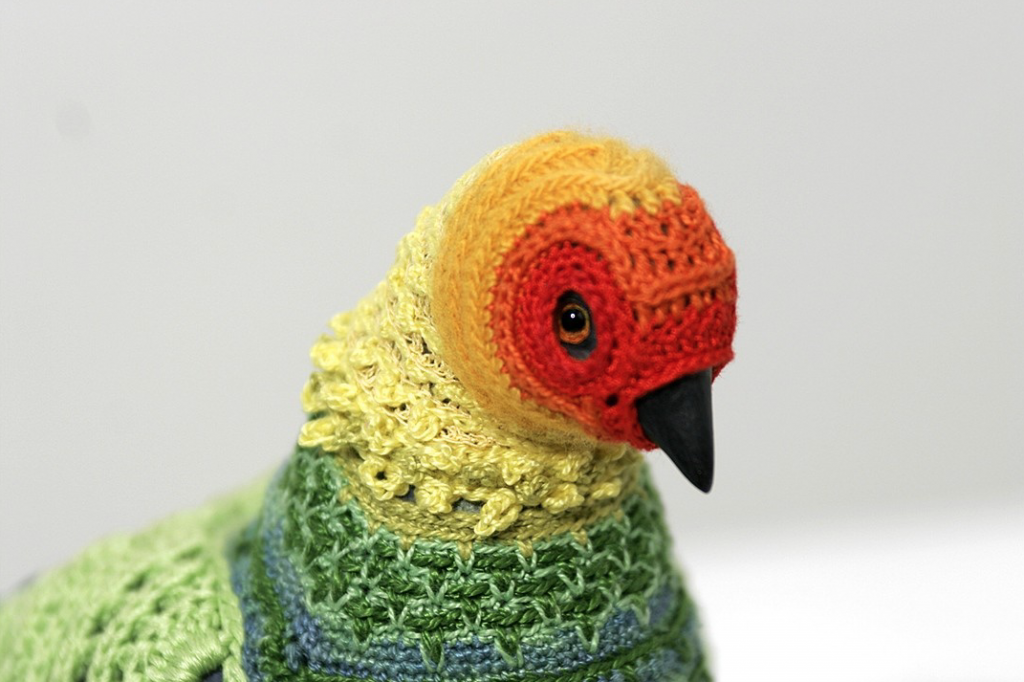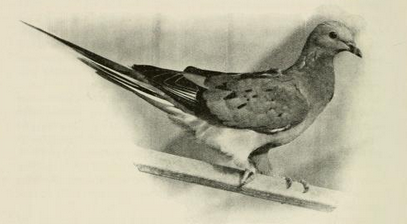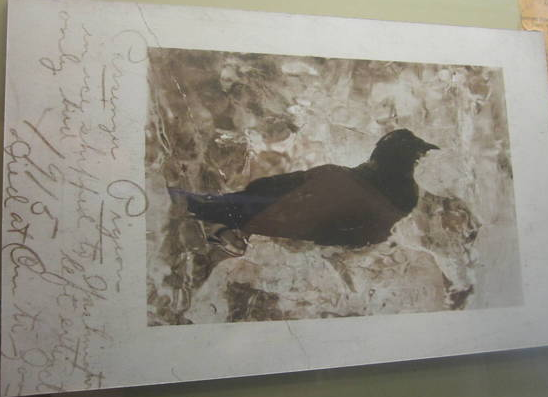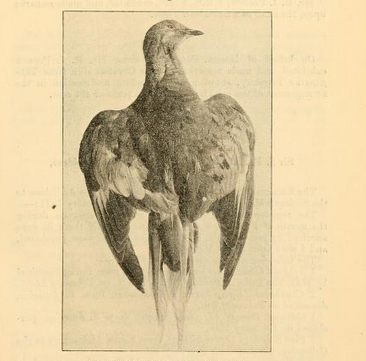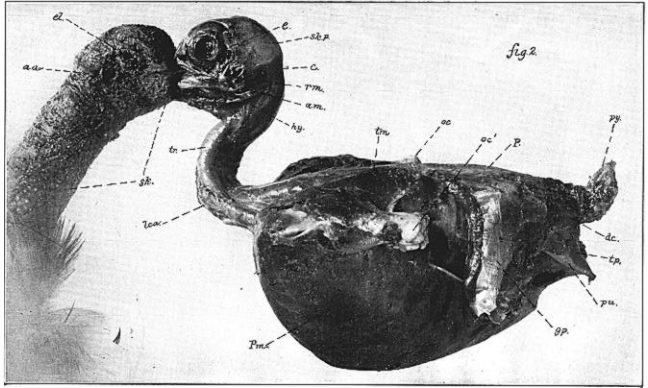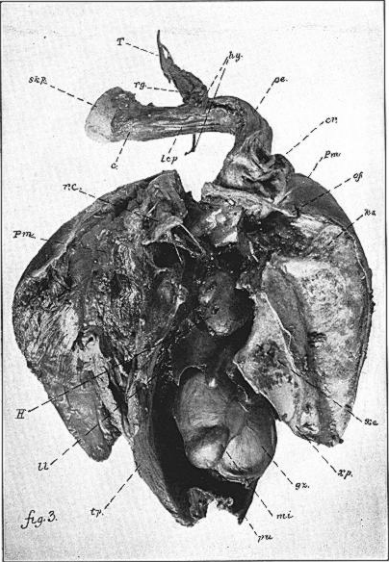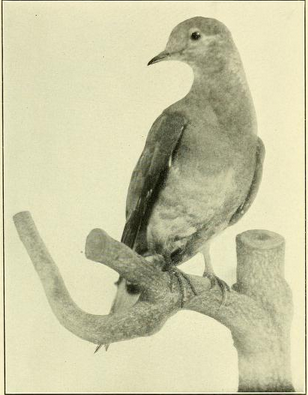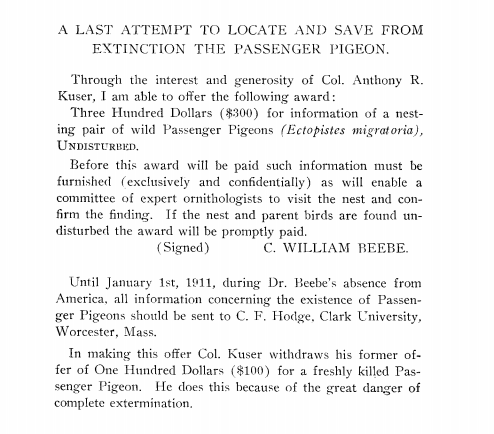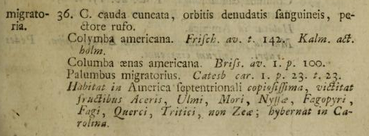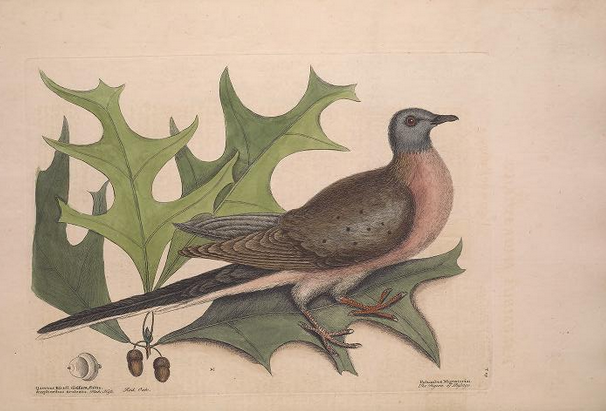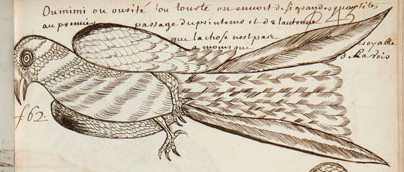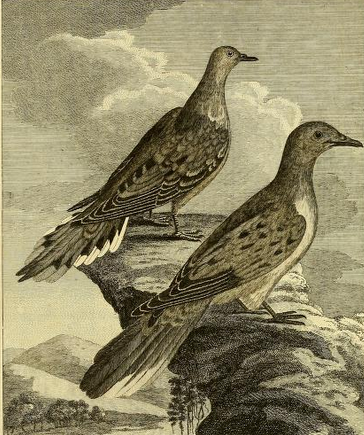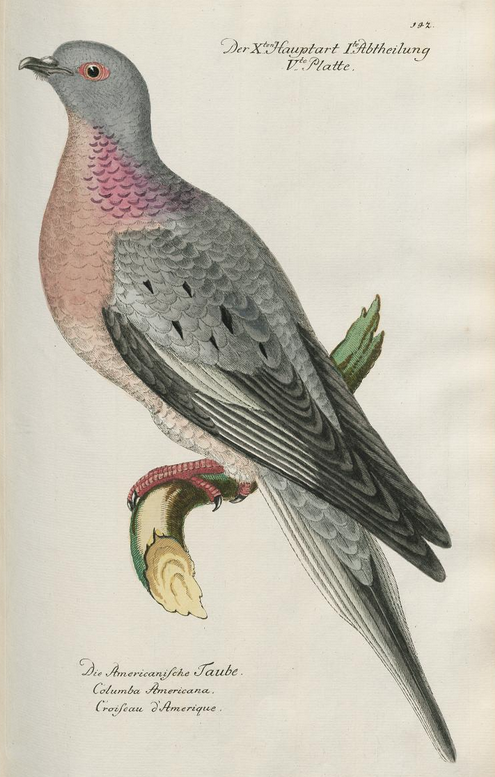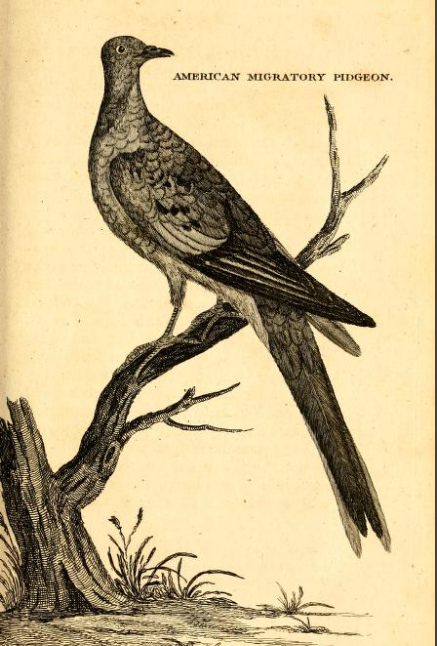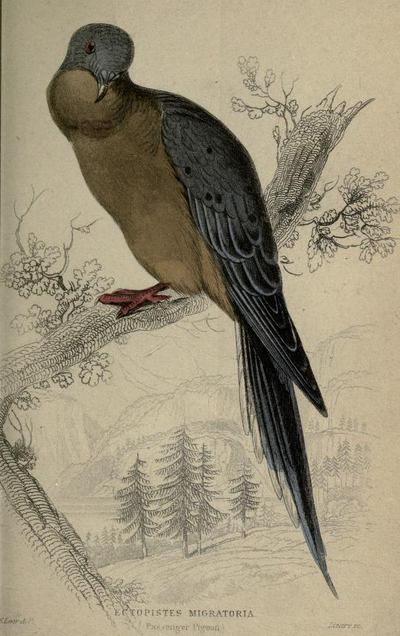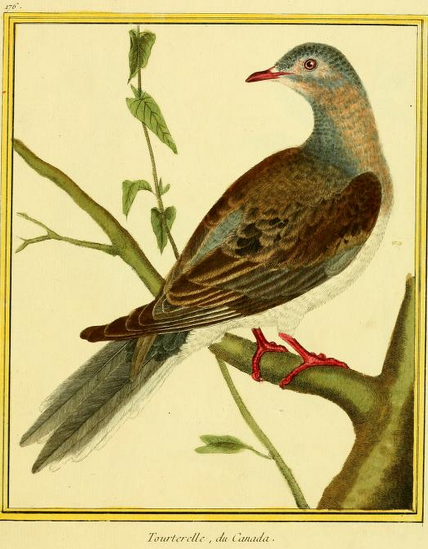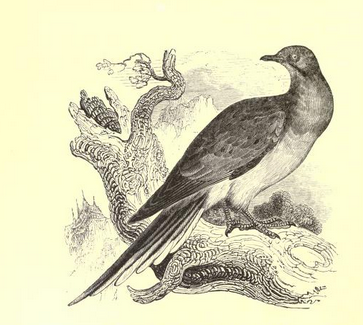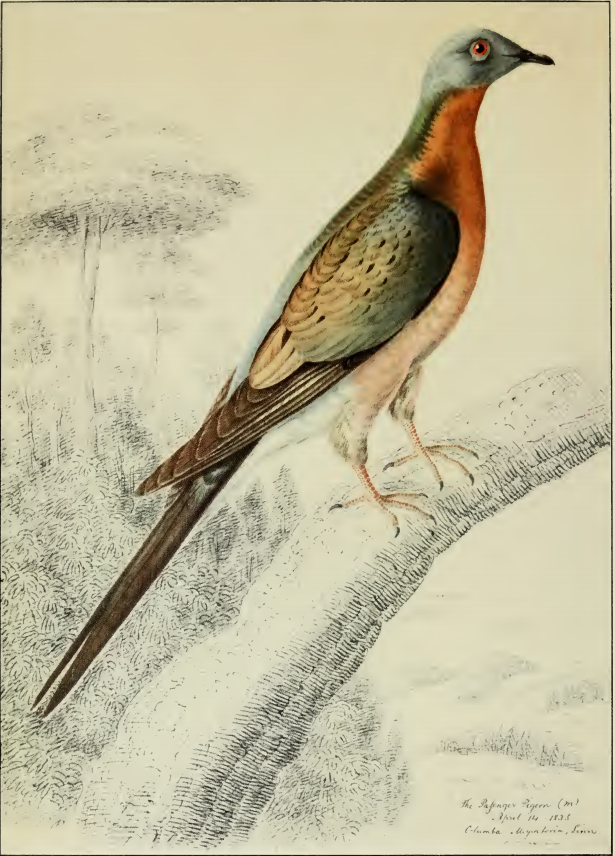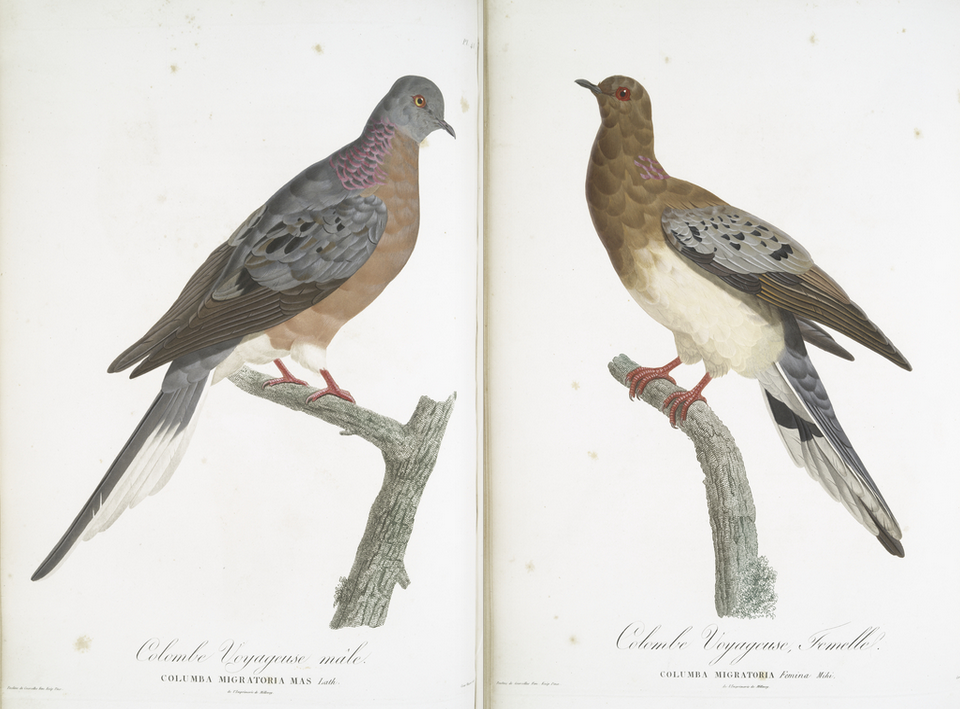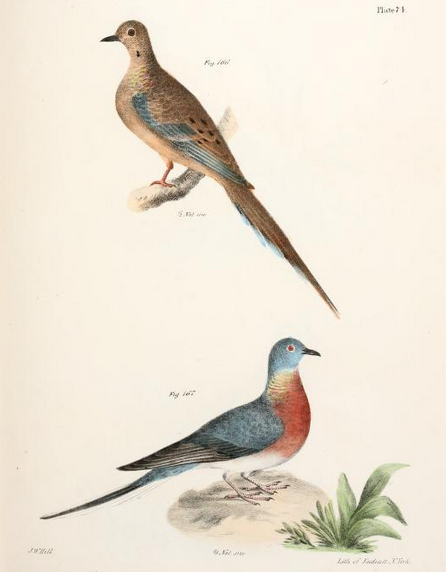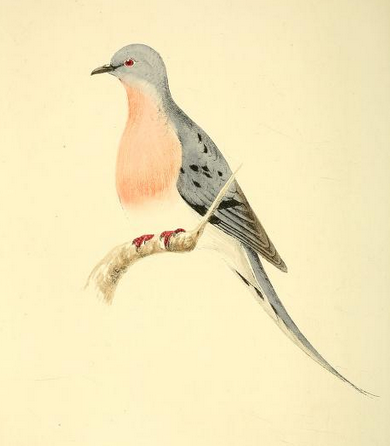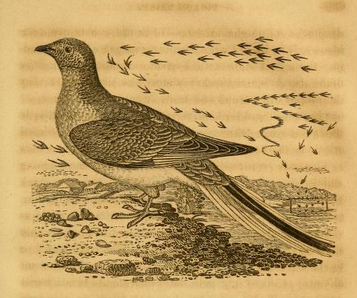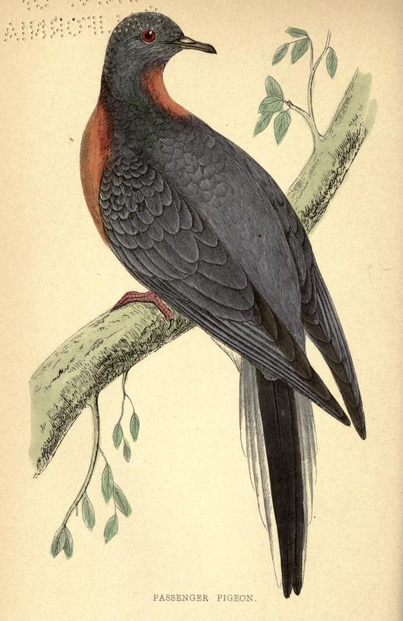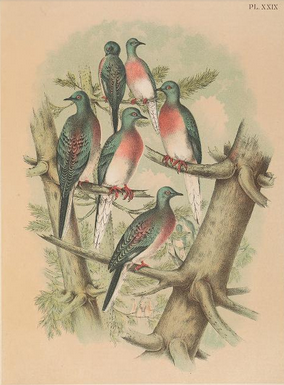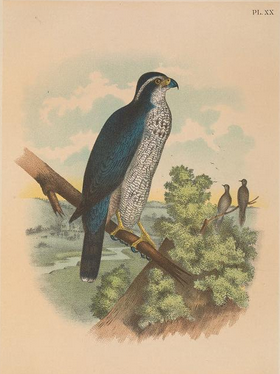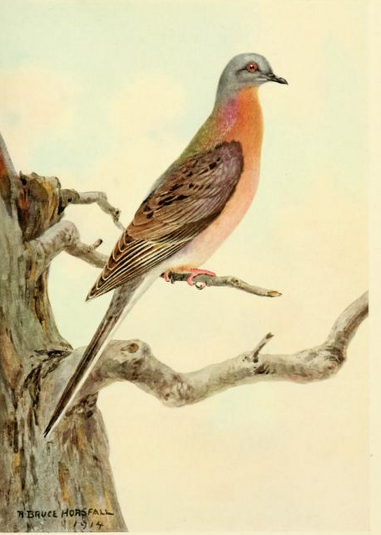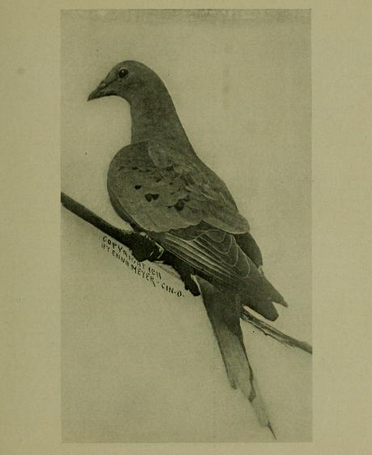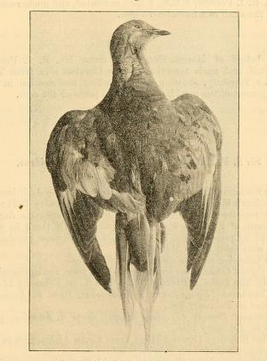Today marks the one hundredth anniversary of the death of Incas, the last known captive Carolina parakeet.
Incas was surely not the last of his species, as Noel Snyder has cogently pointed out. But when that bird fell from his perch in the Cincinnati zoo, it seems that interest in the parakeets died too. For whatever reason, this species’ decline never drew much attention, and its extinction was, apparently, deemed simply inevitable.
A century on, it doesn’t seem quite fair. The loss of the Americas’ northernmost psittacid should have been mourned then and should be more widely known now. Ask a hundred people on the street about the passenger pigeon or the ivory-billed woodpecker, and most of them will have some dim remembering of having heard the names. Not so with the parrot.
Like the Eskimo curlew, the Carolina parakeet is a birder’s bird even in extinction. And that makes it even more important that a few artists have used this species to confront the role of humans in the natural world.
The sculptor Laurel Roth’s “Biodiversity Reclamation Suits” is a great example.
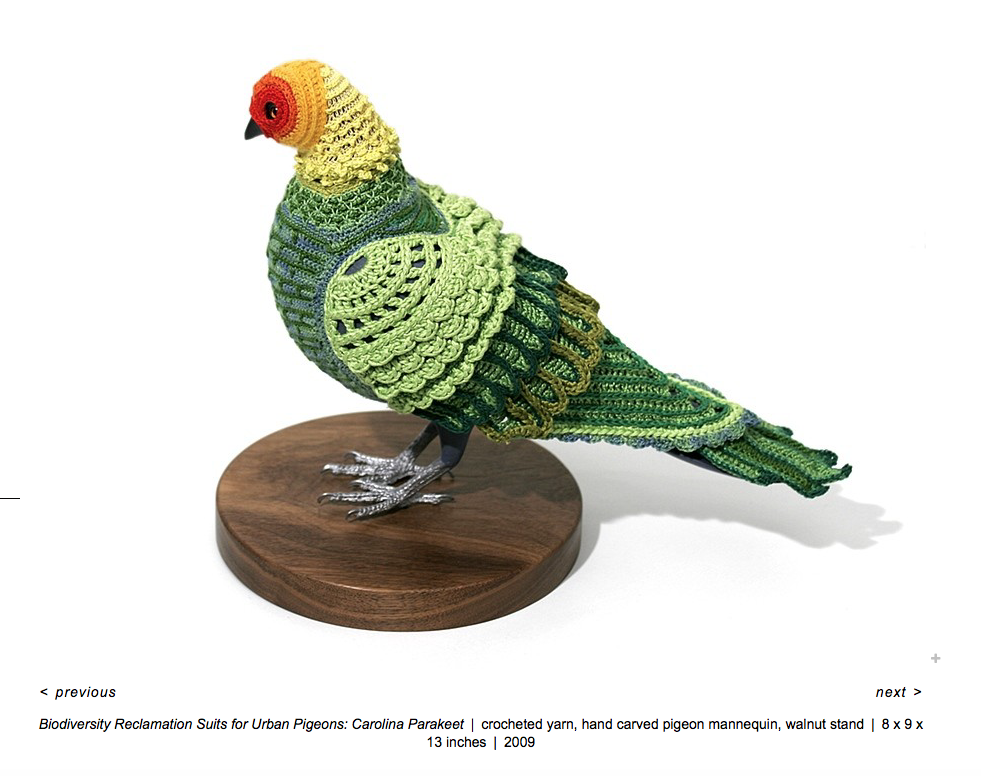
Each of the dozen and a half objects that make up Roth’s punningly titled work is a wooden pigeon, draped in a crocheted “skin” representing a different rare or extinct bird. Much of the power of “Suits” lies in the apparent incongruity between the bright, cheerful, craft-like colors and textures of the needlework (can I call crocheting “needlework”?) and the somber reality of what it depicts.
Roth herself has compared the yarn suits to “a soothing ‘cozy’ on environmental fears,” an act of covering “the feelings of helplessness and confused shame that come with learning about accelerated extinction rates caused by humans.” A defining character of art, of course, is that whatever it conceals is exactly what it means to draw attention to.
What the suits literally cover is the form of a feral pigeon, a bird high on everyone’s least-likely-to-disappear list. The artist explains that
visually recreating lost biodiversity by using the rarely appreciated but highly adaptable pigeon serves both to highlight the loss that we have already sustained [and to draw] attention to the fact that we often revile the animals most capable of living in a human made environment.
The question of what humans value and why is brought to a fine point by Roth’s use of contrasting materials. The pigeons, a species ignored by those who don’t “revile” them, are realistically sculptured in wood and mounted on walnut stands. The suits representing rare and extinct birds — desirable birds — are made of common yarn, stylized almost to the point of garishness; skillfully made, they would nevertheless look at home at any yard sale or church bazaar. Which are we supposed to value, which should we admire when we look at these objects?
The death of Incas was hardly noted at the time, with just the merest mention in the Cincinnati papers — and hardly a peep from the ornithological journals. This sad centennial will likely draw no more notice, but we are fortunate to have this artist to remind us.
